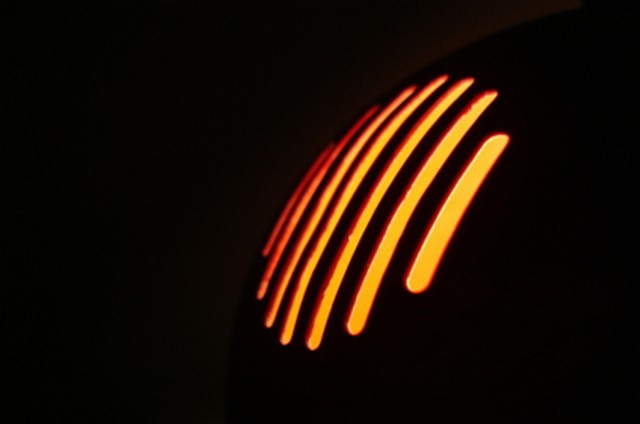
Use waste heat in the form of hot water is produced during the process of arc furnace cooling to produce electricity in the metallurgy in Rivoli
Waste heat in the form of hot water is produced during the process of arc furnace cooling. It is then utilized in a thermo-electric generator (TEG). Each unit consists of thermo-electric modules (semiconductors), that are placed in between the source and the heat recipient. The solution has no mechanical moving part, because electricity is generated only by physical properties of individual components. The modules in TEG are arranged in rows and columns and always work in larger quantities. The effectiveness is quite low and highly depends on hot water temperature. The flow in both hot and cold circuit is 1 m3/h. The system generates more energy than it consumes if the flow exceeds 1.6-1.8 m3/h. The solution becomes ineffective though, if the heat source is more than 100 m away from TEG. Lower effectiveness is caused by a lower difference of both temperatures (35 °C) than at the place of waste heat production (60-70 °C). The solution may be improved to become two or three times more effective. Part of the energy is consumed to pump water to TEG. In case of a 50-meter distance between the sources, 17.4 W is needed for water transport, which lowers effectivity. Waste heat is also utilized in a steam-water heat exchanger.


